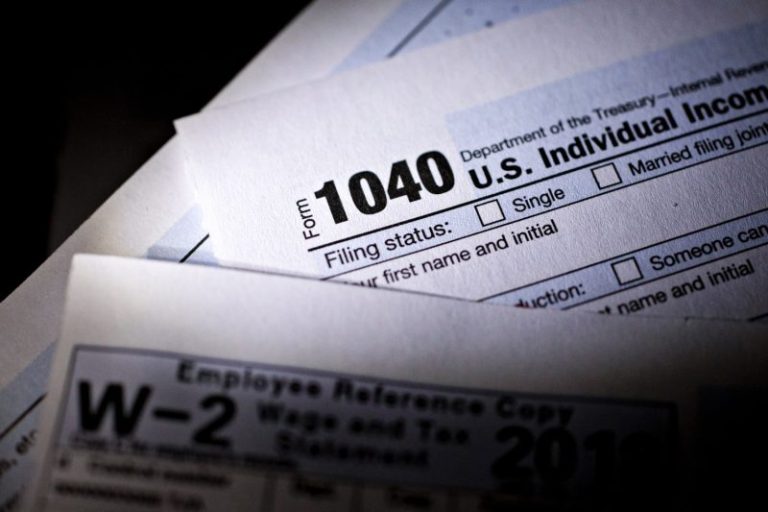If you didn’t file a tax return amid the worst of the Covid-19 pandemic and believe you’re eligible for a refund, the Internal Revenue Service wants to hear from you.
The agency said this week that more than $1 billion in unclaimed refunds for tax filing year 2020 are sitting in its coffers, and that it’s still possible for eligible filers to claim.
Due to the pandemic, filers got an unusual extension on the regular three-year return-filing window. They now have until May 17, 2024 to claim their refund for tax year 2020.
“There’s money remaining on the table for hundreds of thousands of people who haven’t filed 2020 tax returns,” said IRS Commissioner Danny Werfel in a statement. “We want taxpayers to claim these refunds, but time is running out for people who may have overlooked or forgotten about these refunds. There’s a May 17 deadline to file these returns so taxpayers should start soon to make sure they don’t miss out.”
The IRS estimates the median refund amounts for 2020 to be $932 — that is, half of the refunds are more than $932 and half are less.
“People faced extremely unusual situations during the pandemic, which may have led some people to forget about a potential refund on their 2020 tax returns,” Werfel said. “People may have just overlooked these, including students, part-time workers and others. Some people may not realize they may be owed a refund. We encourage people to review their files and start gathering records now, so they don’t run the risk of missing the May deadline.”
Many low- and moderate-income workers may also be eligible for the Earned Income Tax Credit (EITC), worth as much as $6,660 for taxpayers with qualifying children for the 2020 tax year.
The IRS notes 2020 tax refunds may be held if an individual has not filed tax returns for 2021 and 2022.

